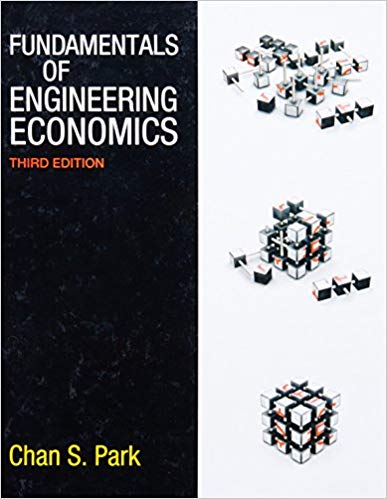1. You are considering two mutually exclusive projects: projects A and project B. The initial cash outlay (cost) associated with project A is $60,000, whereas
1. You are considering two mutually exclusive projects: projects A and project B. The initial cash outlay (cost) associated with project A is $60,000, whereas the initial cash outlay associated with project B is $ 80,000. The required rate of return on both projects is 10 percent. The expected annual free cash inflows from each project are as follows:
Year | Project A | Project B | |
0 | - 60,000 | -80,000 | |
1 | 13,000 | 15,000 | |
2 | 13,000 | 15,000 | |
3 | 13,000 | 15,000 | |
4 | 13,000 | 15,000 | |
5 | 13,000 | 15,000 | |
6 | 13,000 | 15,000 | |
A Calculate the payback period. Which project should be accepted under the payback rule?
B Calculate the NPV and the IRR for each project and; (i) indicate which project should be accepted, if mutually exclusive; (ii) Explain in detail why you selected or rejected the project/s; (iii). What are the implications for the firm if you selected the wrong project?
Yo You must show the formula/s you used to arrive at your answers.
C. When comparing two mutually exclusive projects, (i) do you think the short –term project will be ranked higher using the NPV criterion if this project cost of capital is higher than the other project? (ii) Would the other long-term project be ranked higher under the NPV criterion (better) if its cost of capital is much lower? (iii) Would changes in the cost of capital ever cause a change in the IRR ranking of two such projects. Why or why not?
2 If the beta of IBM is 0.65, risk-free rate is 4% and the market rate of return is 14%, calculate the required rate of return for IBM stock.
3. Two years ago Johnson and Fern company stock prices were the same During the first year, Johnson stock prices increased by 10%, while Fern stock price decreased by 10%. During the second year, Johnson stock price decreased by 10% and Fern stock increased by 10%. Do these stocks have the same price today? Explain in detail by showing how you arrived at your answer.
Please show formula and step by step how you got the answer.
Step by Step Solution
3.51 Rating (158 Votes )
There are 3 Steps involved in it
Step: 1
Answer 2 Beta 65 Risk free rate 4 Return on market 14 Using CAPM model ...
See step-by-step solutions with expert insights and AI powered tools for academic success
Step: 2

Step: 3

Ace Your Homework with AI
Get the answers you need in no time with our AI-driven, step-by-step assistance
Get Started


